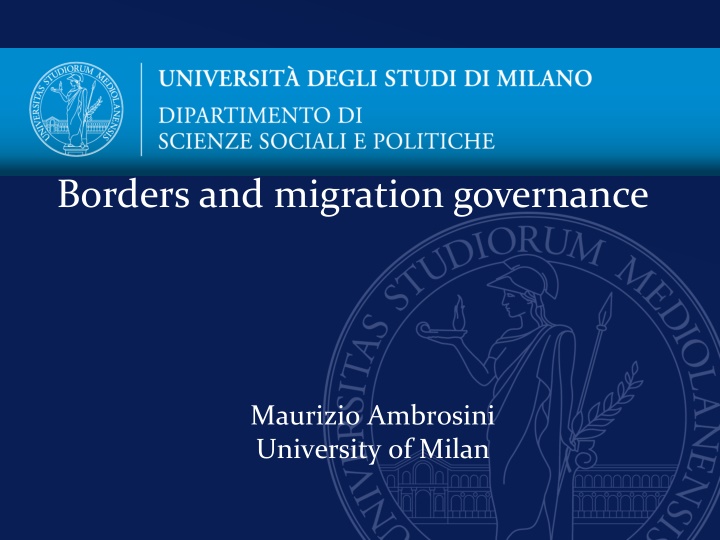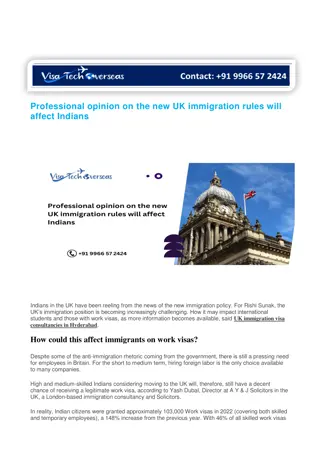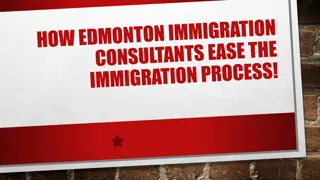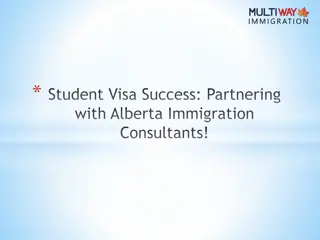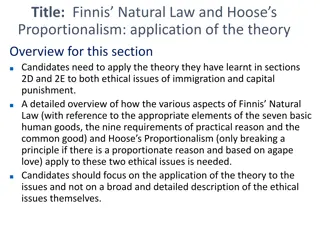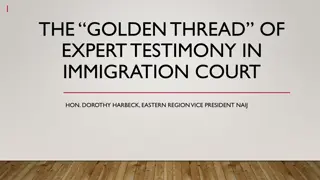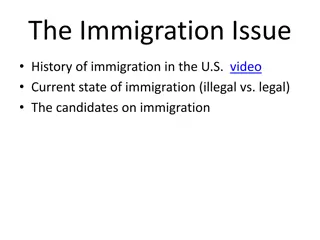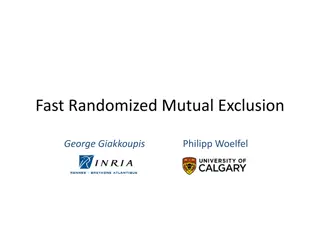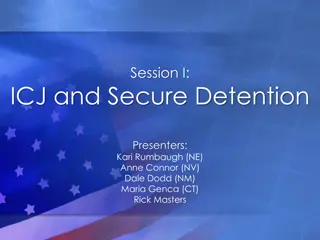Local Policies of Exclusion: Impact on Immigration Governance
Local policies of exclusion in Italy are examined in relation to asylum seekers and migrants, showcasing the tensions between local communities and central authorities. These policies aim to prioritize native citizens and defend urban spaces from perceived threats, leading to opposition, fear, and political demonstrations. The dynamics of closure, activism, and tolerance at the local level shed light on the complexities of migration governance.
Download Presentation

Please find below an Image/Link to download the presentation.
The content on the website is provided AS IS for your information and personal use only. It may not be sold, licensed, or shared on other websites without obtaining consent from the author.If you encounter any issues during the download, it is possible that the publisher has removed the file from their server.
You are allowed to download the files provided on this website for personal or commercial use, subject to the condition that they are used lawfully. All files are the property of their respective owners.
The content on the website is provided AS IS for your information and personal use only. It may not be sold, licensed, or shared on other websites without obtaining consent from the author.
E N D
Presentation Transcript
Borders and migration governance Maurizio Ambrosini University of Milan
Battleground This concept tries to grasp the horizontal dimension of the governance of Migration, highlighting the intervention of several actors from the Civil Society (both in favour or against migrants and refugees). It contrasts a simplistic vision of Migration Policies as unitarian and State-centered. It gives importance to the humanitarian work: e.g. NGOs ships rescuing lives in the Mediterranean Sea.
Italy: asylum policy at local level Different relations between state and non- State actors at the local level 1) Closure vs. civil society activism 2) Tolerance 3) Institutional activism vs. anti-refugees mobilizations 4) Cooperation
Local policies of exclusion These are the measures adopted by local authorities that intend to separate the immigrants from the native component of the population. These are therefore policies aimed at marking the boundaries of the legitimate local community
The aims of the local policies of exclusion Thus, policies of exclusion aim to reassure the native citizens about the priority of their status, and to communicate that they are actively defended from an invasion of urban space At the same time, local governments encourage citizens-voters to demand protection and offer themselves as guardians of safety, dignity and social order
Local policies against asylum seekers The invasion narrative has a local expression: political declarations, public demonstrations and negative decisions against the settlement of reception centres for asylum seekers. People s opposition is stronger before the arrival of asylum seekers, highlighting the connection with emotions of fear and anxiety.
The new wave of local policies of exclusion They target openly a category of immigrants: asylum seekers They adopt a frame of opposition between local communities and central powers They involve many municipalities in all the country (not only in Northern regions) They regard also municipalities ruled by centre-left coalitions
Meta-politics (T.Faist) Meta-politics connects real-world issues with fears around international migration Through meta-politics, low-level threats usually gain out-of-proportion significance
Meta-politics in local policies of exclusion A typical populist frame: Local peaceful communities against the prevarication by State powers The victim complex and the scapegoat frame: Us Vs Them A way to restore a Community ?
A mix of old and new motivations inconvenience for citizens problems for security problems of disease priority of citizens needs better help them in their countries lack of facilities to host numbers too high idleness of asylum seekers we are a touristic site
The role of civil society and the advocacy coalition The exclusion of migrants is a battleground, where we find several actors (NGOs, trade unions, social movements, faith organizations ) who struggle against the xenophobic policies
The opposition against local policies of exclusion NGOs ships in the Mediterranean Demonstrations, political actions, NO borders movements Provision of services by volunteers Legal support to asylum claims
Types of supporters Ngos and other specialised organizations; Other CSOs (churches, trade-unions, civil associations ); Social movements; and Citizens (individuals and groups).
Csos and asylum seekers NGOs specialized organizations and Other (associations volunteers, churches, unions ) CSOs Social movements Citizens of trade Mainactivities SAR in the sea, reception on land Language schools; Medical services; Legal advocacy; Bureaucratic assistance; Provision assistance Variable, increasingly coupled with the provision of services Mix of structures informal activities Political protest, but increasingly provision of services accommodation squatted buildings) Donation clothes, accommodation; Volunteering; socialization, leisure of food, money; (e.g. in of basic Political engagement Variable, higher harsher borders High organizations, contracts with public authorities) Mainly professionals, volunteers supplementary resources recently against closure but Main borders movements) focus (no Variable, relevant as the reason to mobilise often of Formalization (formal formal and Low, organization but self- Low mobilization) (spontaneous Human resources Variable, volunteering relevant but often Militants/volunteers Onlyvolunteers as is
Five main forms of support by Civil Societies Promoting networks; Protesting and lobbying; Producing services; Providing moral support; Protecting rights through legal action (advocacy).
Conclusion (1) Aa we saw, local policies of exclusion allow their advocates to keep together several political messages: defence of the territory; opposition against central powers; clear demarcation between Us and Them ; restoration of a sense of community (even if paranoid) Interestingly, the opposition is stronger before arrivals: it is mostly an imagined threat After the settlement, things often go better
Conclusion (2) But at the same time policies of exclusion trigger activism and militancy They can be defined as a battleground in which different interests, values, actors are engaged Local migration policies do not confront only public powers and migrants: they are a game between three players at least: Municipalities, migrants, civil societies
